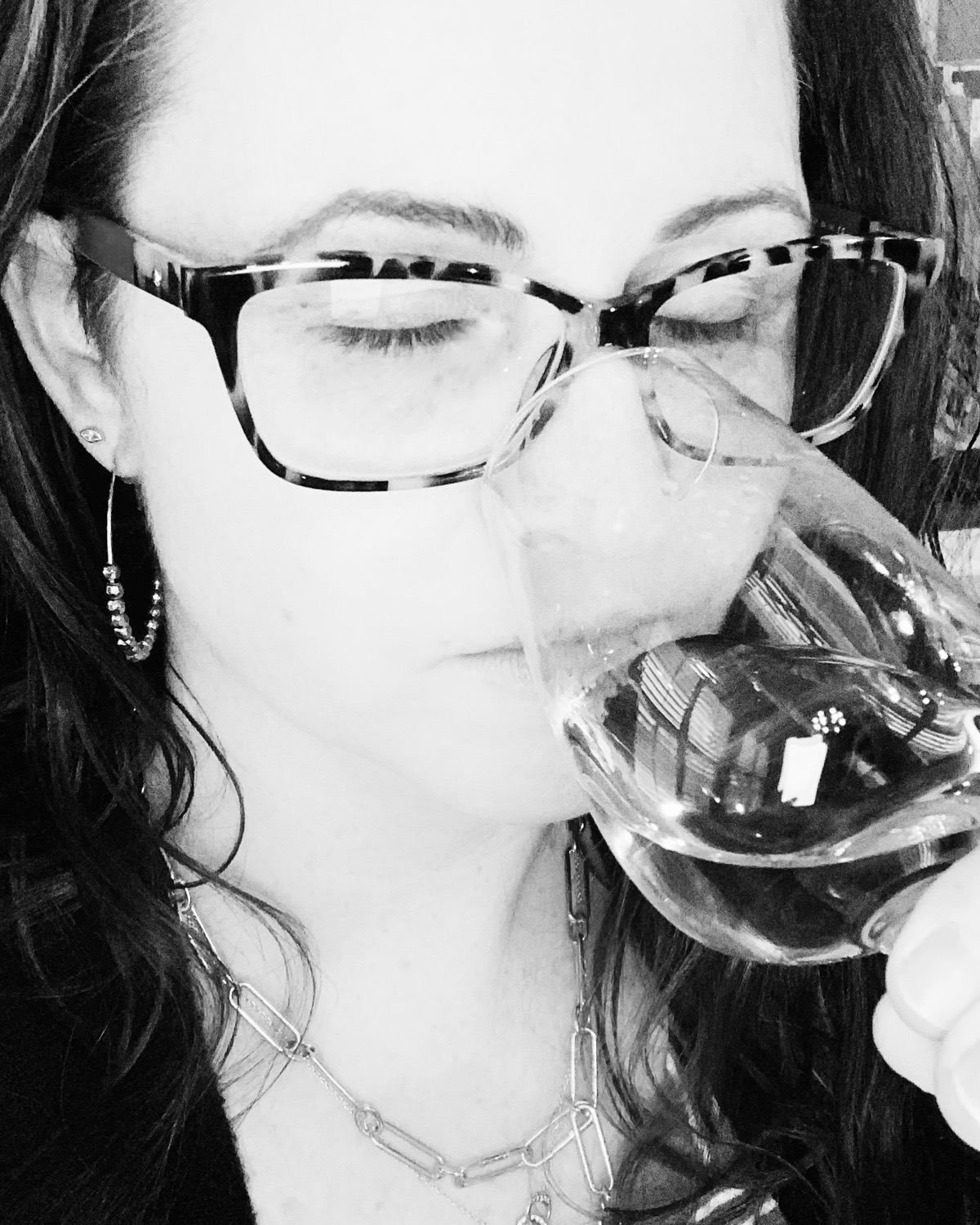Wine of the Week - Sauvignon Blanc It has its own international day!
- Darbi Invergo

- May 7, 2021
- 3 min read
Updated: Sep 3, 2022
As I sip a glass of white wine that I chose specifically because of the date (International Sauvignon Blanc Day), I realize that I know a lot about this varietal. I am now totally a white wine aficionado who drinks Sauvignon Blanc regularly and therefore am obligated to share my adoration and knowledge with the world. Now, half way through this holiday with my glass in hand, I sit down to write about my favorite aspects of this grape in order to persuade you to feel the same way about this wine as I do.
My love for white wine in particular has grown exponentially since moving to the hot, hot, hot California Central Valley but even back in the beginning of my wine days, it was all Sauvignon Blanc for me. At that time I didn't like oaky Chardonnay and thought Moscato was too sweet, so what were the other options for white wine? During that stage I, like so many others, was usually choosing between Pinot Grigio and SB but typically opted for the crisp acidity (ie tang) that the latter offered because it seemed super refreshing. Actually, I always tell people that I love a high acid white wine because I was originally a beer drinker who had/ has an affinity for sours. Well, high acidity is the backbone of Sauvignon Blanc which is internationally celebrated on the first Friday of May every year (national #sauvblancday it is celebrated on April 24th in the US).

Why is this grape celebrated internationally you say? Well, it is grown on nearly every continent with France being its home but New Zealand competing for top ranks among consumers. Additionally cool climate mountain versions, which I love, like those from NE Italy and Austria as well as those from the Andes in Chile are fantastic. Another favorite wine region of mine is South Africa (yes they grow wine there, and China too BTW) which excels in this bottling.

This wine is fantastic IMO because of the acid core which makes it so invigorating but also the flavor and aroma profiles that can vary depending on the climate. When this grape grows in a cooler climate like those at high altitude the wines are more "green" with notes of grass, asparagus, green pepper also wet stones and blossoms when you sniff the wine. Yes, you will know the wet stone smell when you "see" it- for me it was unmistakably obvious in a Chilean version I tasted not too long ago. Actually, the wine I am sipping today is very asparagus heavy, which is a first for me although that is a classic descriptor. Those grown in warmer climates are fruitier with white peach, tropical, passion fruit etc. with all-comers having a citrus, green apple &/or gooseberry core.

Most of these wines are not heavily influenced by "winemaking" techniques although a few are aged in oak wine barrels which do impart some smoky flavors. Funny that I should mention smoke as I just tasted a California Sauvignon Blanc that was fermented in stainless steel tanks but was unexpectedly smoky. I was just discussing this at a wine tasting today when I was reminded of the wild fires in the area that tainted many of the wines- so there's that too that can alter the wine's final flavor profile.
Nonetheless, this is a grape that always makes a high acid, refreshing wine that has variable expression depending on its growing conditions so the only responsible thing to do is to get a wine from each region and compare them so that you can identify which is your preference.

Here's a shopping list if interested in going hunting:
- France: Loire Valley (ie Sancerre or Pouilly Fume), Bordeaux
- New Zealand: Marlborough
- Australia: Margaret River, Adelaide Hills
- Chile: Casablanca Valley, Central Valley
- South Africa: Constantia, Elgin
- USA: California, Oregon
- Don't forget my favorites- the Alpine regions of NE Italy or Austria
Send me your comments, I would love to hear about your favorite Sauvignon Blanc. I think it is fun to put them into the green / stone camp vs the ripe tropical camp. What is your favorite? I'm curious, so stick your nose in the glass and really experience your next glass of wine!!












Comments